Flexor hallucis brevis muscle
What is Flexor hallucis brevis muscle?
The flexor hallucis brevis is a small muscle located in the foot, found deep within the sole, on the medial part. It is part of the intrinsic muscles of the foot, which are responsible for controlling the movement and stability of the foot.
Originating from the cuboid bone and the tendon of the tibialis posterior muscle, the flexor hallucis brevis runs along the sole of the foot and attaches to the base of the proximal phalanx of the big toe.
The primary function of the flexor hallucis brevis is to flex or curl the big toe, which means it plays a role in propelling the body forward during walking or running. It also contributes to maintaining the arches of the foot and assists in maintaining balance.
There are two ways to group the plantar muscles of the foot based on their position: into either the medial, central, or lateral groups of the foot’s four muscular layers. Together with the abductor and adductor hallucis muscles, the flexor hallucis brevis belongs to the medial compartment due to its horizontal position. In the vertical plane, it is grouped into the third layer of plantar muscles, alongside two different muscles; flexor digiti minimi and adductor hallucis muscles.
The medial and lateral muscles of the flexor hallucis brevis attach to the tendons of the great toe (hallux) at the proximal phalanx. Two sesamoid bones form at these attachment points and become embedded in the tendons on each side.
The primary function of the muscle is to flex the great toe at the joint between the metatarsophalangeal. However, the medial longitudinal arch of the foot is also maintained by the flexor hallucis brevis.
Origin of Flexor hallucis brevis muscle
The cuboid and cuneiform plantar sides are where the flexor hallucis brevis originates.
Insertion
The FHB’s medial head is the larger of the two. It embeds medially on the plantar plate. Additionally, before the insertion point at the base of the proximal phalanx, it forms a common tendon with the abductor hallucis muscle. Inside this tendon sits the tibial sesamoid bone.
On the plantar plate, the lateral head of the FHB inserts laterally. Before inserting itself on the lateral aspect of the base of the proximal phalanx, it joins the adductor hallucis muscle to form a common tendon. The fibula’s sesamoid bone is contained within this tendon.
Relations
The flexor hallucis brevis is located between the flexor digitorum brevis laterally and the abductor hallucis medially in the third layer of the medial plantar muscles of the foot. The tendon of the flexor hallucis longus in the middle of between its medial and lateral muscle bellies joins at the bottom of the distal phalanx of the first toe as the flexor hallucis brevis moves anteriorly and medially toward the first toe’s proximal phalanx. The medial plantar nerve lies along the lateral part of the flexor hallucis brevis.
Two small hallux sesamoid bones form within the muscle’s distal tendons, close to their attachment sites on either side of the hallux. These hallux sesamoid bones are little-matched ovoid-framed ossicles of the foot that are implanted inside both the medial and lateral tendons of flexor hallucis brevis muscle tummies. They have given the medial (tibial) and lateral (fibular) sesamoid bones of the first metatarsophalangeal joint their respective names as they lie on either side of the hallux. The articulation of the hallux sesamoid bones with the head of the first metatarsal serves as a fulcrum for the flexor hallucis longus and flexor hallucis brevis, thereby increasing their leverage.
Innervation
The medial plantar nerve (S1, S2), which is one of the tibial nerve’s terminal branches, innervates the flexor hallucis brevis.
Blood supply
The first metatarsal artery, which branches off the convexity of the plantar arch, supplies the flexor hallucis brevis muscle with arterial blood supply. The medial and lateral plantar arteries join to form the semicircular plantar arch. The superficial branch of the medial plantar artery that comes from the posterior tibial artery also supplies the flexor hallucis brevis muscle.
Function
The flexion of the great toe at the metatarsophalangeal joint is the flexor hallucis brevis’s primary function. During activities like walking, running, and jumping, this muscle increases the final push-off from the ground by assisting the flexor hallucis longus in the toe-off phase.
The significance of the flexor hallucis brevis tendons’ interaction with the adductor hallucis and abductor hallucis tendons in strengthening the first toe during the exercises and ensuring the highest power interpretation during the thrust stage is implied by their interaction.
By acting as a bowstring between the tarsal and hallux proximal phalanxes, the flexor hallucis brevis also helps maintain the medial longitudinal arch. The arch is raised because muscle contraction brings the bones closer together.
Clinical Significance
Toe deformities, difficulty walking, and pain in the ball of the foot when extending the big toe are common symptoms of flexor hallucis brevis dysfunction. Sesamoiditis or the FHB’s muscle injury could be the cause of this.
The second toe being longer than the other toes, walking or running on uneven ground, wearing high heels, or wearing shoes that are too small can all lead to muscle aggravation.
Assessment
Palpation
Because it is deep within the foot, palpating the flexor hallucis brevis – FHB muscle is nearly impossible. The fourth and final layer of foot muscles).
Muscle strength
MMT grading can be used to manually measure flexor hallucis brevis – FHB strength. Begin the test by having the patient in a supine/long sitting situation with the foot hanging over the table. For stabilization, hold the foot just below the ankle with one hand and ask the patient to flex the big toe while you keep the other hand still with your fingers.
Flexor hallucis brevis muscle exercises
Standing on a flat surface with your feet slightly apart is a good way to isolate and strengthen the flexor hallucis brevis. While raising your other toes toward the ceiling, press the big toe of one foot into the ground. Stand firm on this foothold for 30 seconds then, at that point, change to your other foot. The frequency of this exercise will increment flexor hallucis brevis strength and capability. On the other hand, just going for a walk along the ocean side can strengthen the muscle since sand gives somewhat, giving an excellent boosting activity.

FAQ
What causes flexor hallucis brevis pain?
The flexor hallucis brevis can be injured by walking, running, or staying on uneven or rough surfaces. Shoes that don’t fit right, especially ones that are too big, can also hurt. When women wear high-heeled shoes for an extended period, they frequently strain this muscle.
What is the pain in the hallucis brevis?
Toe deformities, difficulty walking, and pain in the ball of the foot when extending the big toe are common symptoms of flexor hallucis brevis dysfunction. Sesamoiditis or the FHB’s muscle injury could be the cause of this.
Why do hallucis hurt?
Damage to the abductor hallucis muscle or its tendon is known as an abductor hallucis strain or tendinopathy. Most of the time, this damage is brought on by overuse, which means that the abductor hallucis is overworked and strained to the point where microtears form in the tendon or muscle fibers.
What is the flexor hallucis brevis?
The foot’s small intrinsic muscle is called the flexor hallucis brevis. It is found deep inside the sole, on the medial viewpoint. Plantar muscles of the foot can be assembled by their situation in two ways; into either the medial, central, or lateral groups of the foot’s four muscular layers.
What is the main action of the flexor hallucis brevis?
The big toe or first metatarsophalangeal joint is flexed by the flexor hallucis brevis. It helps keep the medial longitudinal arch straight. It increases push-off and helps with the toe-off phase of gait.

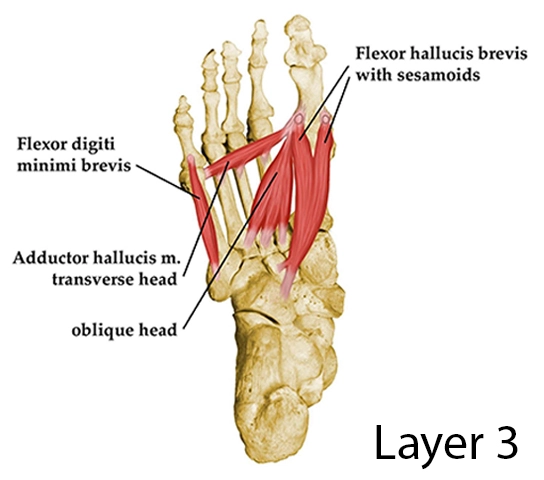
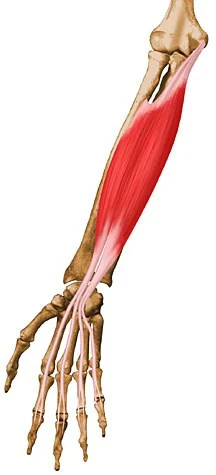

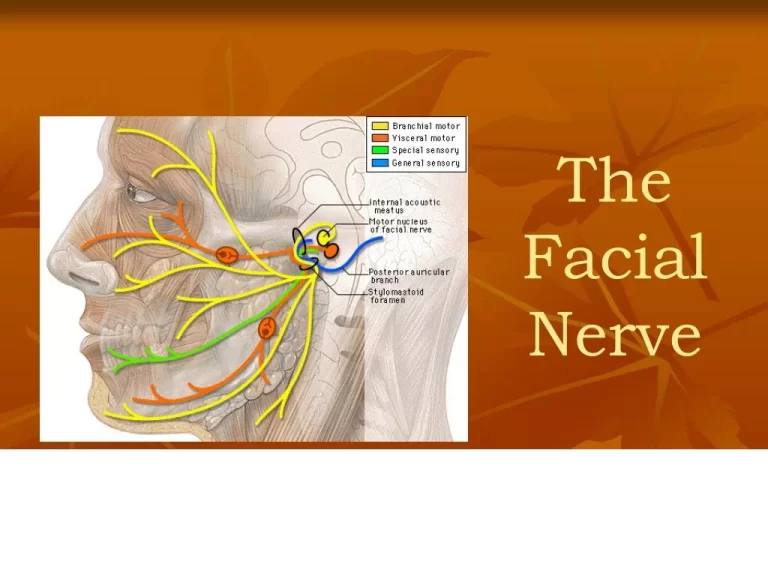
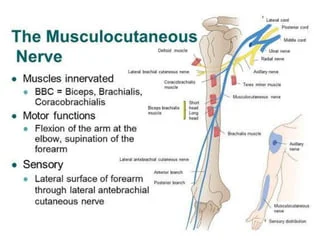
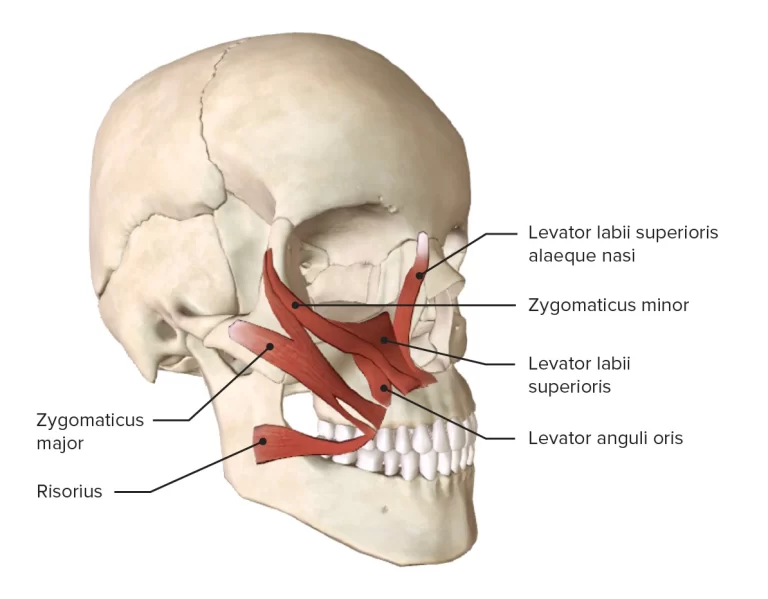
2 Comments